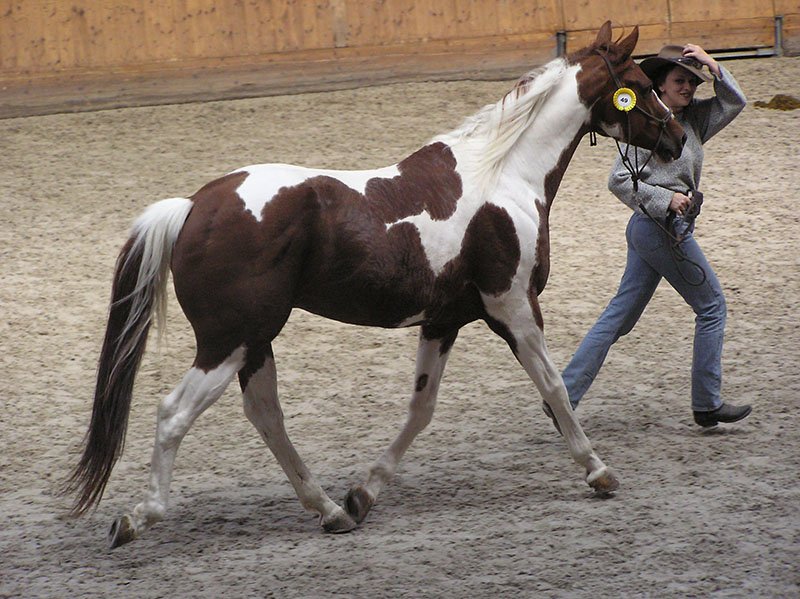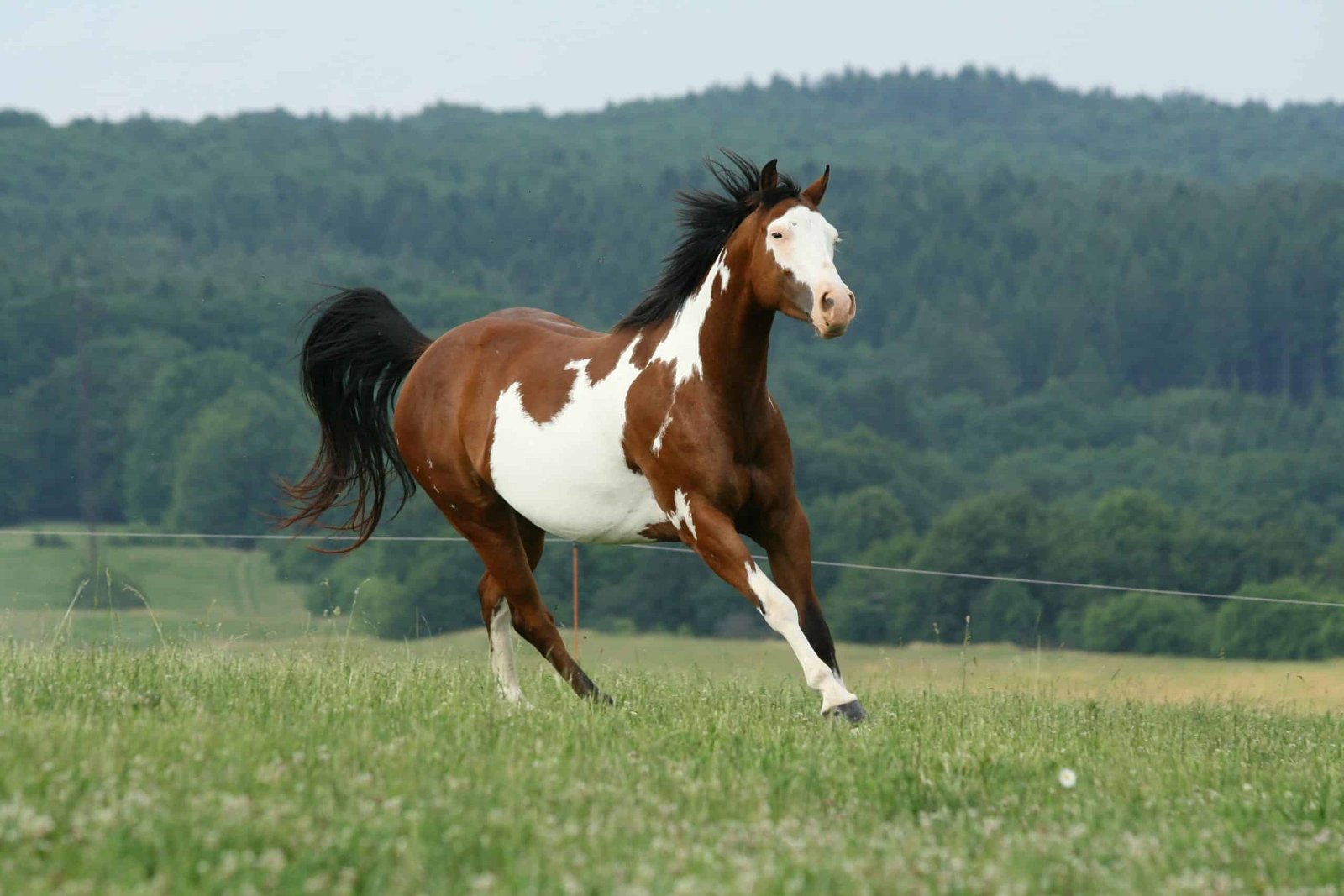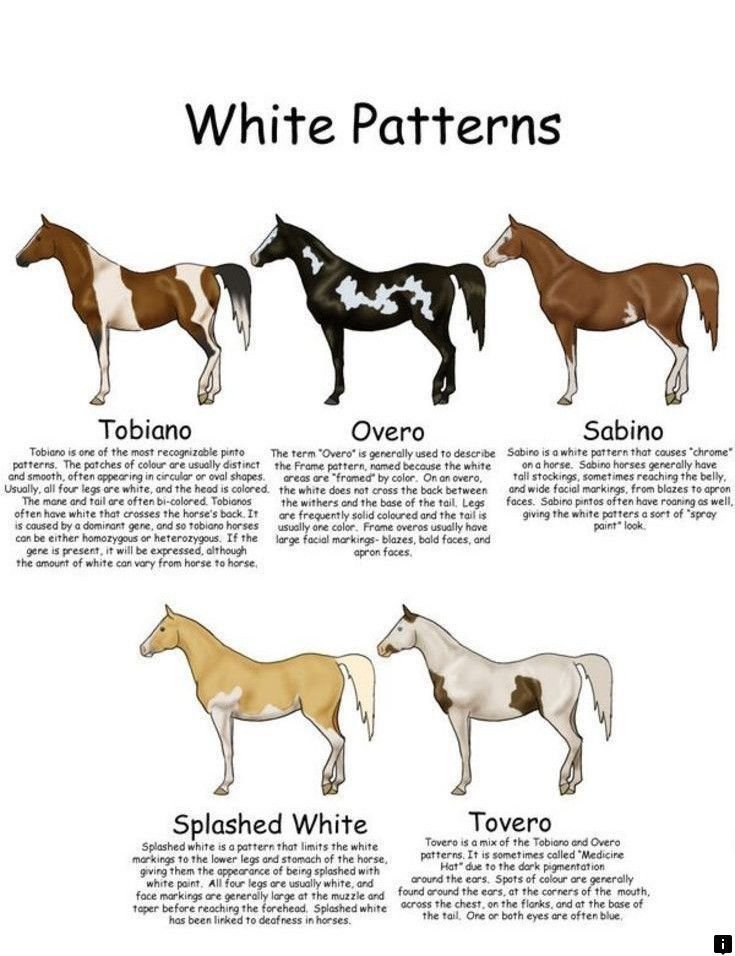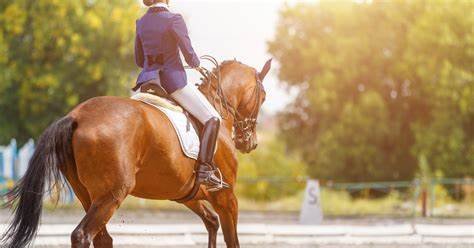Grooming a paint horse is more than just a way to make it look good—it’s essential for its overall health and well-being. Regular grooming helps maintain a shiny coat, prevents skin problems, and provides an opportunity to check for injuries or infections. It’s also an excellent bonding experience between you and your horse. Below are some key grooming practices that will ensure your paint horse stays healthy and happy.
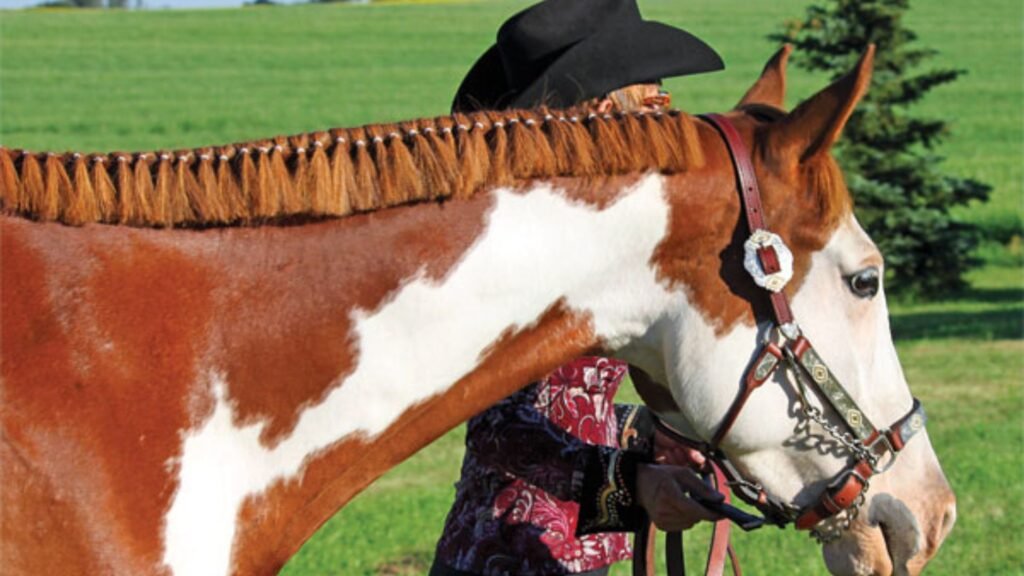
Gather Your Grooming Supplies
Before you begin grooming, it’s important to have the right tools. The essential grooming tools for a paint horse include:
- Curry comb: A rubber comb used to loosen dirt and debris from the coat. It helps stimulate the skin and promotes healthy circulation.
- Stiff brush: Used to sweep away dirt, hair, and debris after the curry comb.
- Soft brush: Ideal for sensitive areas like the face and around the eyes.
- Hoof pick: Necessary for cleaning out the hooves to prevent infections or injuries.
- Mane and tail comb: Helps keep the mane and tail tangle-free.
Start with the Curry Comb
The curry comb is a great starting point for any grooming session. Use it to loosen dirt, mud, and loose hair, which will make it easier to remove later. The curry comb is also excellent for stimulating the skin, promoting the production of natural oils, and improving the overall condition of the coat.
Start at the front of the horse’s body and work your way toward the rear, using circular motions. Be sure to apply gentle pressure, especially on areas like the ribs or legs, where the skin is more sensitive. Avoid using the curry comb on the face, as the skin in this area is more delicate.
Sweep Away the Dirt with a Stiff Brush
Once you’ve used the curry comb, it’s time to follow up with a stiff brush to remove the dirt and loose hair. Start from the front of the horse’s body and work your way toward the back. Use long, sweeping strokes in the direction of the hair growth to remove debris.
Be sure to brush areas like the back, neck, and sides thoroughly. When brushing sensitive areas like the belly, chest, or legs, use a lighter hand to avoid causing discomfort. You may also use the stiff brush on the horse’s tail and mane to remove excess hair and debris.
Gentle Grooming of the Face and Ears
The face and ears of your paint horse are more sensitive than other parts of its body, so be gentle when brushing these areas. Use a soft brush to clean around the eyes, nostrils, and jawline. You can also use a soft brush to remove any dirt or sweat marks that may have accumulated on the face.
When brushing around the ears, use a calm approach to avoid startling your horse. Always check for any irritations or signs of injury in these areas. If you notice any unusual discharge or swelling, contact your veterinarian for advice.
Mane and Tail Care
The mane and tail of a paint horse require special attention to prevent tangling and matting. A tangle-free mane and tail not only look beautiful but also promote healthy hair growth.
To begin, gently work through the mane and tail with your fingers or a wide-toothed comb to detangle any knots. Start at the bottom of the mane or tail and work your way up to avoid pulling on the hair. If you encounter stubborn tangles, consider using a horse-specific detangling spray to make the process easier.
After removing the tangles, use a mane comb or brush to smooth out the hair, ensuring that the mane and tail look neat and tidy.
Conclusion
Grooming a paint horse is essential for both its physical health and overall well-being. A regular grooming routine helps keep the coat shiny, the skin healthy, and the horse free of infections or injuries. By using the right tools and techniques, you can ensure that your paint horse remains in top condition, while also fostering a deeper bond with your horse. Whether you’re brushing the coat, cleaning the hooves, or caring for the mane and tail, grooming is a rewarding and necessary part of horse care.








